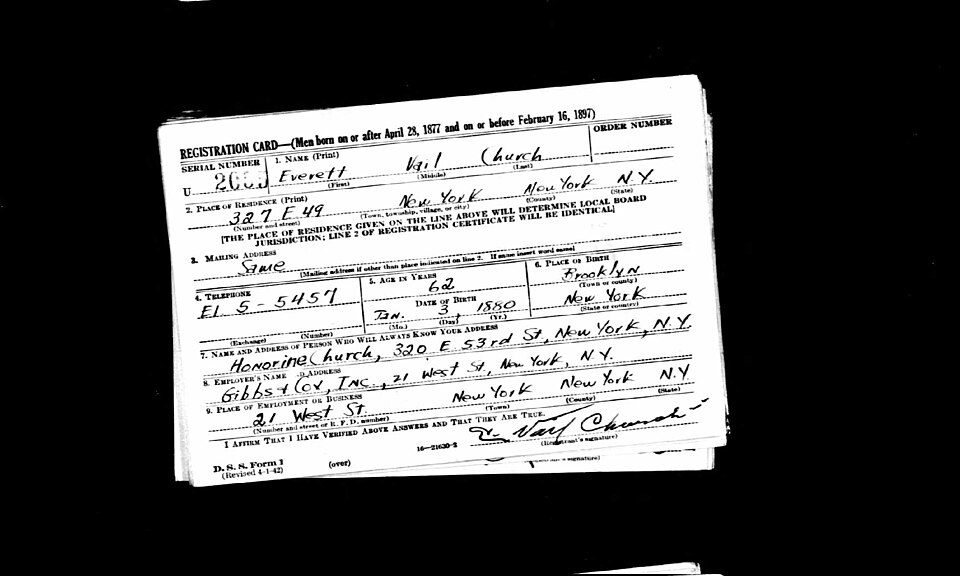Table of Contents
Rising Tensions Spark Renewed Focus on the U.S. Military Draft
As geopolitical instability surges—particularly in the Middle East—fears of a large-scale global conflict have reignited questions long considered relics of the past: Could America bring back the military draft?
With online searches for terms like “WWIII draft age” and “U.S. conscription laws” climbing sharply, especially among younger Americans, interest in how such a process might unfold is at a modern-day high.

Though the United States has relied exclusively on a volunteer military since 1973, the Selective Service System remains operational—and ready to be activated in the event of a national emergency. With current international hostilities fueling unease, many are now asking: Who would be called if a draft returned tomorrow?
Public Sentiment: Would Americans Back a New Draft?
A 2025 survey by the Atlantic Council found that nearly two-thirds of Americans believe a significant war involving global powers is likely within the next decade. That concern is being amplified by global headlines, leading to a resurgence of draft-related conversations online—especially among Gen Z and Millennials who’ve never lived through compulsory service.
Despite strong traditions of voluntary enlistment, the legal framework for a draft still exists and could be activated swiftly. Many young adults are just now discovering how that might impact them.
Who’s on the Draft Radar? Over 16 Million Young Men
If Congress and the President reinstated the draft, it wouldn’t start from scratch. The Selective Service maintains records for approximately 16.4 million men, aged 18 to 25, who are required by law to register. The draft would begin by calling 20-year-olds first, then expand outward to older and younger groups based on need.
To put it in perspective, the U.S. military currently has just over 1.3 million active-duty personnel—a fraction of the draft-eligible population.
Who Must Register?
Mandatory registration covers:
- U.S. citizens
- Lawful permanent residents
- Refugees and asylum seekers
- Undocumented immigrants
- Transgender individuals assigned male at birth
Beliefs or political objections don’t excuse someone from registration, though there are legal paths for conscientious objectors once conscription begins. While only men are currently required to register, military leaders and lawmakers continue to debate the inclusion of women in future drafts.
The Penalty for Avoiding Registration
Failing to register with the Selective Service is a federal crime that can carry serious consequences:
- Up to five years in prison
- Fines as high as $250,000
- Ineligibility for federal student loans, certain government jobs, and in many states, public benefits and driver’s licenses

Registration is easily completed online or at any of the 35,000 participating U.S. post offices, and must be done within 30 days of turning 18.
How Would a Draft Be Triggered?
To activate a draft, Congress and the President must amend the Military Selective Service Act. Once that decision is made, the Selective Service would have approximately 193 days to shift into full mobilization mode and begin issuing draft notices.
The Lottery Process: Who Goes First?
The draft process uses a national lottery system, much like the one implemented during the Vietnam War. It works like this:
- Birth dates are randomly drawn
- The order determines who is called first, starting with 20-year-olds
- If needed, 21- to 25-year-olds are next, followed by 19-year-olds and finally 18-year-olds
This ensures a fair, randomized selection of draftees across all U.S. states and territories.
From Notice to Enlistment: What Comes Next?
Receiving a draft notice doesn’t mean immediate deployment. Draftees undergo extensive evaluation at Military Entrance Processing Stations (MEPS), where they are assessed for physical, psychological, and legal fitness. Individuals with dependents or enrolled in college may qualify for temporary deferments.
Who Can Be Exempt?
Roughly 4 out of 10 draftees are disqualified during evaluations, often due to medical conditions, mental health concerns, or legal issues. Conscientious objectors are typically reassigned to non-combat roles—such as in hospitals, logistics, or public service fields.
Not All Draftees Become Soldiers
If a draft were enacted, not every inductee would serve on the front lines. Many would fill support roles, including:
- Cybersecurity and IT
- Communications and intelligence
- Medical and logistics positions
- Administrative and technical support
In some cases, draftees may be given limited options to express preferences or highlight existing skills that align with non-combat roles.
Is a Draft Imminent?
At present, a return to the draft is highly unlikely. Despite growing international tensions, the U.S. military has maintained sufficient force levels through voluntary enlistment. The draft is considered a last-resort mechanism—a legal and logistical safety net if all other recruitment methods fall short during an extreme national crisis.
During the Vietnam War era, over 2.2 million Americans were drafted, but today’s military operates with far fewer personnel—and significantly more advanced technology.
Final Thoughts
While the odds of conscription remain low, the draft infrastructure is far from dormant. The Selective Service System is updated, funded, and capable of full-scale mobilization if called upon. Millions of American men are already registered—and could be summoned within months if Congress and the President deem it necessary.
In a world where global tensions are rising and modern warfare evolves daily, understanding the U.S. draft process is more relevant than ever—not because it’s guaranteed to return, but because being informed is a form of preparation in itself.
For now, America remains a volunteer military nation. But the systems of the past still stand, just beneath the surface, ready to be reactivated at a moment’s notice.
